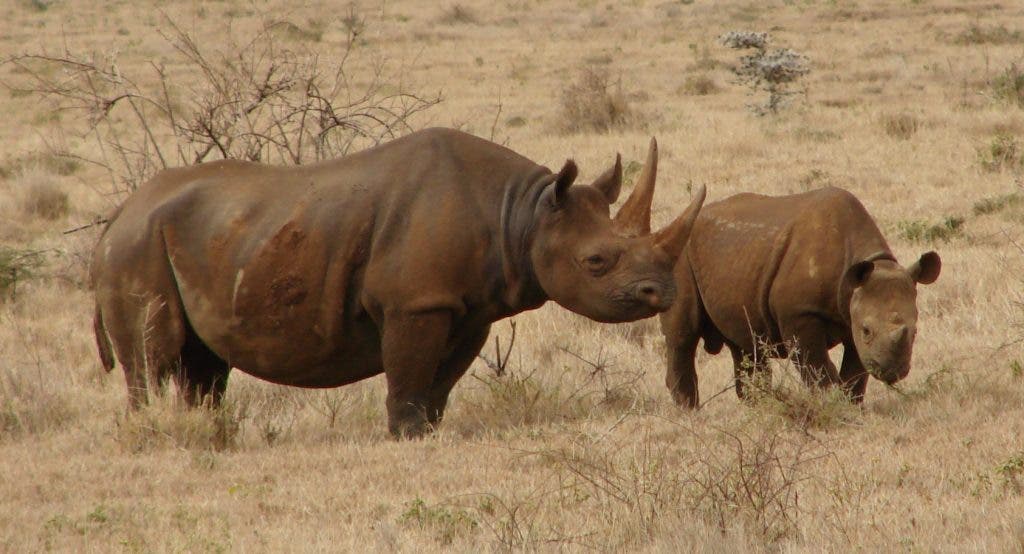In most parts of Africa, rhinos have been hunted to extinction. Out of desperation, authorities have opted for an unlikely solution: they are relocating 80 rhinos from South Africa to safari parks in Australia. The rhinos are basically becoming refugees.

Rhino poaching is reaching a critical point. Since 2008 poachers have killed at least 5,940 African rhinos, according to statistics compiled by International Union for Conservation of Nature (IUCN). South Africa is hosting the largest population of rhinos in the world, but in recent years rhino numbers have been dwindling as a direct result of poaching. While they are trying to fight poaching on their home turf, African authorities have come up with a back-up plan: send some rhinos to Australia, where they are safe.
The Australian Rhino Project aims to create a small population of rhinos in Australia as a “biological backup”:
“We have the primary objective to establish a breeding herd of rhinoceros in Australia – a place of relative safety and comparable ecology to their native home – as an “insurance population” in the event of extinction of the species in South Africa,” the project’s page writes.
The first steps will be taken in May 2016, when six rhinos will be moved into quarantine in the city of Johannesburg, South Africa. They will spend two months there, before moving to another quarantine, in Taronga Western Plains Zoo in Australia, where they will spend another two months. After they are cleared, they will be released into Monarto Zoo’s safari park in Adelaide, South Australia. The park has an area of 10 square kilometres (3.9 sq mi) – it’s not the best, but at least the animals will be safe. As the project’s founder, Ray Dearborn, puts it:
“There is no safe place in Africa for rhinos today. They’ve become extinct pretty much from the top down to South Africa where probably 85 to 90 percent of the white and black southern rhinos that are left in the world.”
In the next four years, they plan to find new homes for 80 rhinos in total, but they are struggling with funding. The project receives no funding from government, and they rely completely on corporate and private support to achieve our goal of raising approximately $8 million. If you want to support them or just learn more about the project please check out the team’s website.
The future of one of the world’s planet most iconic creatures remains uncertain. Dearborn and his team want to make sure that even if bad comes to worse, future generations can still enjoy rhinos in the wild – even if it’s in Australia.


